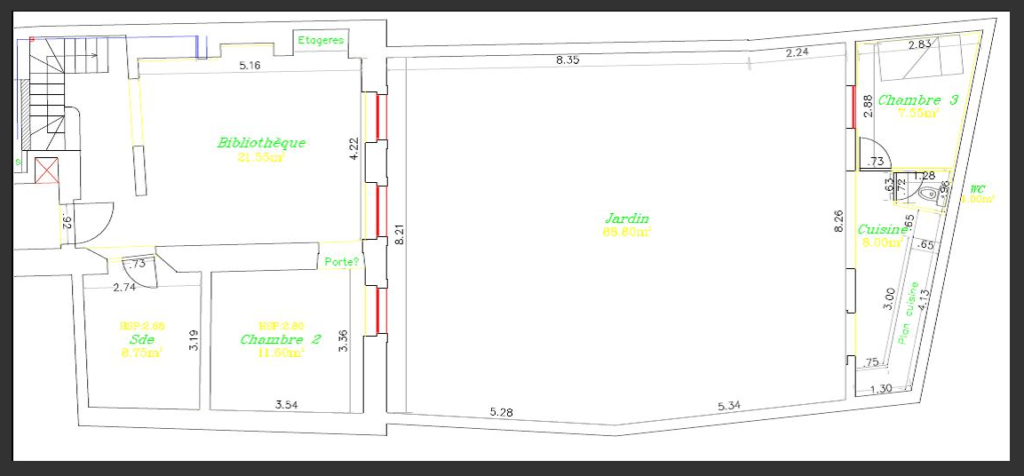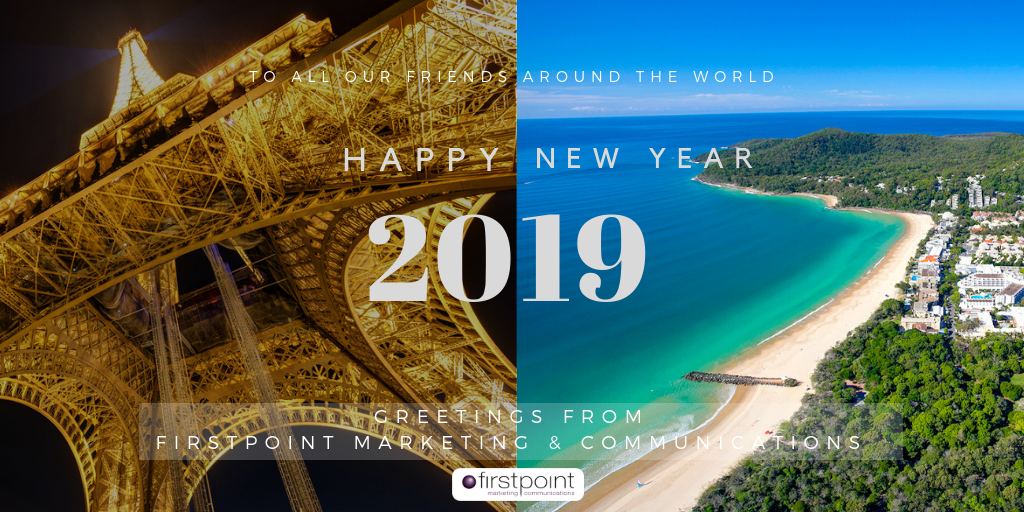



Firstpoint Marketing & Communications
Pour votre communication vers un public international

Travel 3,000 kilometres on the power of the sun across Australia’s desert interior. Meet time windows, conserve energy, design and build a solar electric car a mainstream market will actually want to drive – they call it a challenge for a reason! That’s what the Bridgestone World Solar Challenge is all about.
A challenge for the competing teams, travelling down under from across the globe. A challenge for the organisers, the South Australian Tourism Commission. Did we mention this event is BIG. And a challenge for the communications team, Firstpoint Marketing & Communications. One we willingly accept, again. This will be the fifth time we’ve taken this challenge and it’s a privilege to tell the stories of a generation looking for a sustainable way to travel that is not at the expense of the planet.
200+ media took the challenge with us in 2017. An audience of millions tuned in from around the world. We pitched, we explained, we shared, we connected, we inspired. We told an often complex story in a way that everyday people could understand. Because to effect real change, you have to bring people on the journey.
The stage is set for an incredible #BWSC19 adventure. Follow us as we bring the stories to the world’s media.
Read the launch press release: BWSC19 CHARGING THE FUTURE Final
See what happened in 2017 here

Pour cette année 2019, nous vous souhaitons de vibrer pour des projets enthousiasmants et de les voir couronnés de succès !
There is a great variety in the English spoken and understood by first-language English speakers.
If you write like an American with references to “out of left field” and “Band-Aid solutions” you might get your idea across, as long as your readers are regular viewers of US sitcoms. But use terms such as “sophomore” and you will probably start to lose a lot of your audience who will not really get what you are talking about.
Similarly, Brits need to understand that English does not belong to them any more, and that a country producing a small percentage of the world’s English speakers can no longer expect others to refer to the UK version of the Oxford English Dictionary to check what is “right”.
Across Europe thousands of meetings take place every day in English with no native speakers present. The French, German, Poles and Spaniards communicate successfully and may even use words that no one born and bred and educated in the UK or North America would fully comprehend. In fact many successful meetings or conference calls of this kind work perfectly well until an English native speaker joins the discussion. The obligation is then to speak English-English rather then Euro-English and the whole equilibrium of the discussion shifts.
So you need to really take your time and reflect when you are trying to get your message across to an international audience on the web, or elsewhere. If you are trying to do it in 140 characters it can be even more of challenge. Use the version of English that you use on a day-to-day basis and a significant part of your audience may not fully understand.
What examples do you have of localised-English (or should I say localized?) not working when you have been communicating internationally?
“For every 100 internet pages in English there are less than 10 in Spanish or French” (1)
Usage of content languages for websiteshttp://w3techs.com/technologies/overview/content_language/all
(1) Twelve years of measuring linguistic diversity in the Internet: balance and perspectives – Unescohttp://unesdoc.unesco.org/images/0018/001870/187016e.pdf
Infographic: © Paul Raine 2012 http://infographiclist.com/2012/03/26/english-the-world-language-infographic/
Comment construire une marque personnelle (personal brand) ? Est-ce que les dirigeants devraient passer du temps à développer leur propre réputation ou simplement promouvoir l’entreprise qu’ils dirigent ? Retrouvez des réponses à ces questions, et beaucoup d’autres, sur notre Storify « Les patrons sociaux ».
Même si la plupart de vos communications se font en anglais, il est essentiel d’adopter un langage adéquat, lisible et compréhensible par tous, d’autant que dans de nombreuses entreprises, les destinataires du message possèdent une langue maternelle différente de l’anglais, si ce n’est plusieurs.
Ce public n’interprétera pas la langue anglaise de la même façon qu’un Anglais ou un Américain. Il vous appartient alors d’employer un anglais « international » qui puisse répondre à vos attentes.
Même si la plupart de vos communications se font en anglais, il est essentiel d’adopter un langage adéquat, lisible et compréhensible par tous.